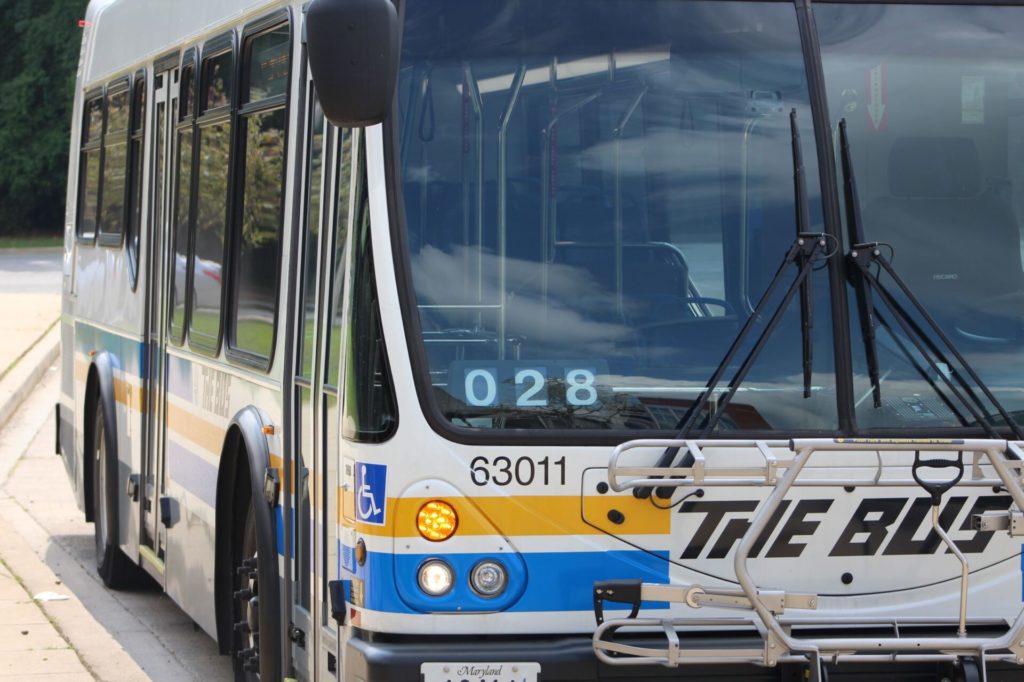Given the urgency of the recent U.N. Intergovernmental Panel on Climate Change report, we know we don’t have time to neglect key solutions that reduce greenhouse gas emissions. Fortunately, you can help Prince George’s County adopt smart growth climate solutions that are a win-win for people, the economy, and the climate.
Here are two ways to help: (1) send an email to the County Climate Action Commission (if you haven’t already), and (2) attend the upcoming virtual Climate Action Plan community meeting on August 19th.
TAKE ACTION: Voice your support for stronger County climate actions
Transportation (mostly from cars and trucks) makes up the largest share of greenhouse gas emissions at 48%, but the County’s draft plan misses opportunities to reduce emissions with smarter land use and transportation policies. Electric vehicles (EVs) and telecommuting are important but not enough. Smart growth solutions — transit-oriented development (TOD), affordable housing options close to jobs and services, better transit, and safe walking and biking, are effective and equitable strategies to reduce transportation-related climate pollution AND improve livability and prosperity in the county.
We commend the County Climate Action Commission for including three recommendations to reduce emissions through smarter land use and transportation. But to make an impact, these must be strengthened, including by:
- Prioritizing walkable, transit-oriented development and affordable housing
- Expanding employee transit benefits and implementing free fares
- Expanding transit service
- Making streets safer for people walking and biking
Want to get more involved? Join the upcoming Prince George’s community meeting on the Climate Action Plan on August 19 evening.
RSVP: Climate Action Plan Virtual Community Meeting Thursday, August 19th, 6:30 – 8:30 PM
Get more background by reading CSG’s climate recommendations for Prince George’s.




